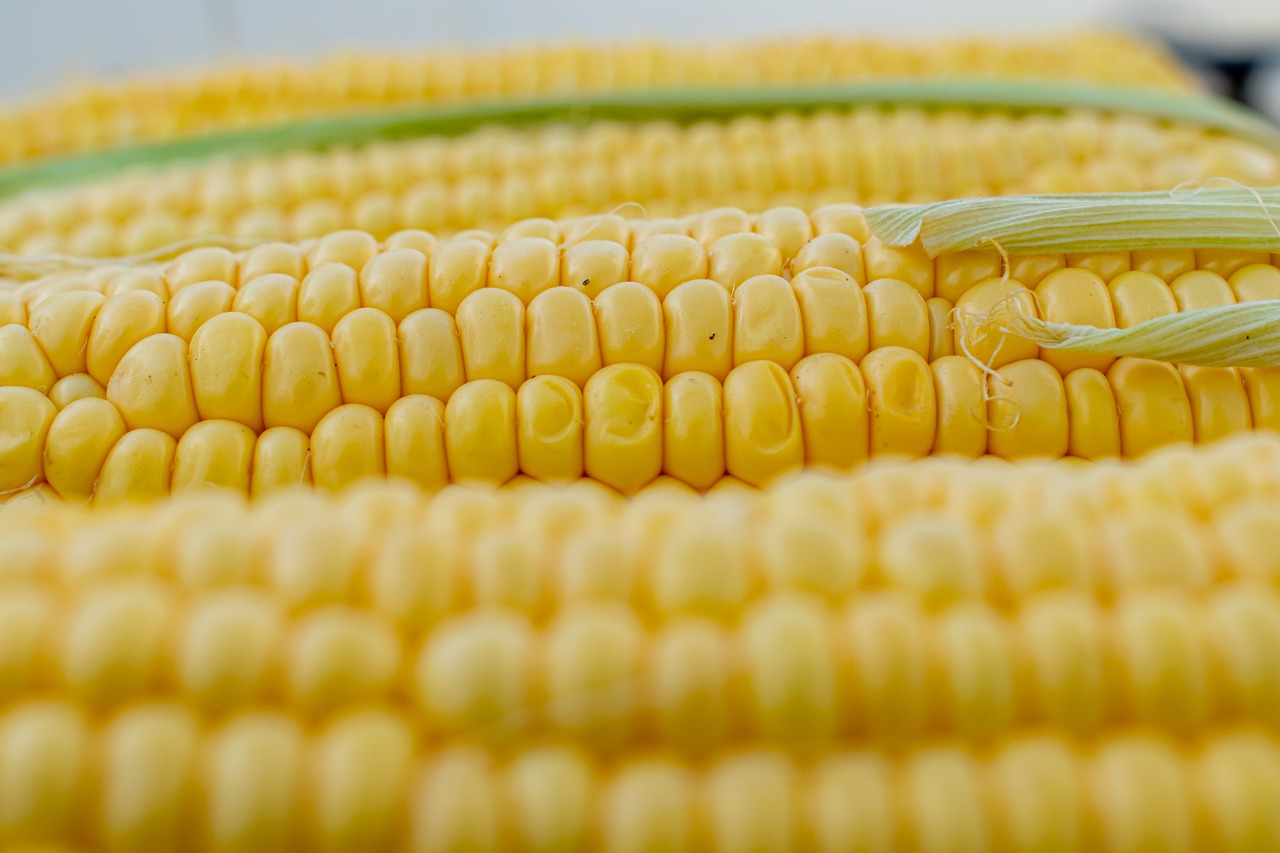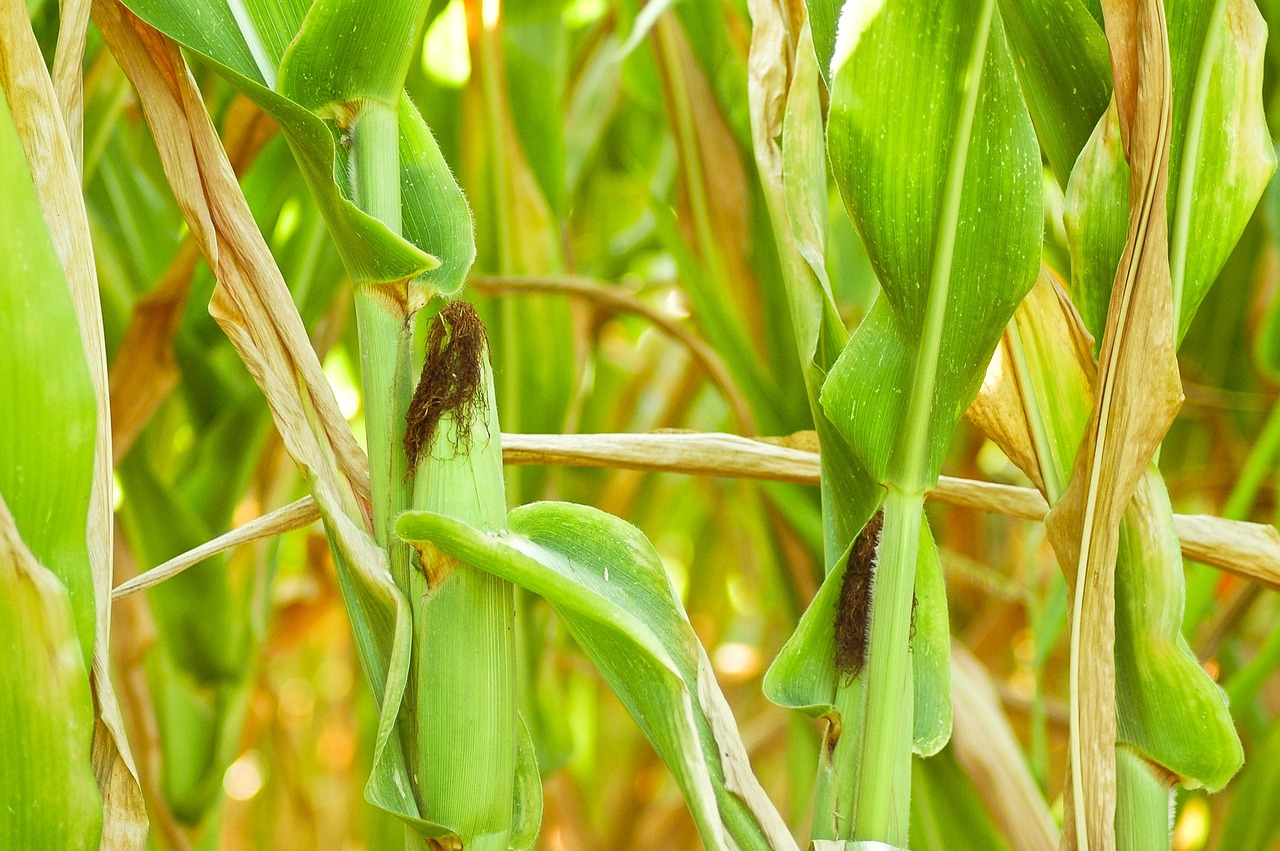
Sweet corn for the fresh market is primarily produced by small farmers on 0.5-1 hectare plots.Continue reading

The European Commission’s Joint Research Center (JRC) has issued its July analysis of arable crops, highlighting significant impacts from the recent heatwave in southeastern Europe.
For Hungary, yield forecasts have been downgraded: maize is expected to yield 6.77 tons per hectare, a 14% reduction from previous estimates, and sunflower is forecasted at 2.73 tons per hectare, down 9%. This intermediate estimate is based on data up to mid-July, with final results depending on forthcoming weather conditions.
⬇️Revised downward sunflowers, grain maize, field peas. slightly upwards spring barley, durum wheat. The main reasons for the lowered yield expectations are hot☀️ and dry conditions in south-eastern Europe https://t.co/L8uqy301wC pic.twitter.com/pifQJYgRfW
— irene biavetti (@irenebiavetti) July 24, 2024
Similar downgrades are observed in neighboring countries: Bulgaria’s maize yield is reduced by 15% to 5.37 tons per hectare, and sunflower by 7% to 2.17 tons per hectare. Romania’s forecasts show a 10% reduction in maize (4.55 tons per hectare) and 6% for sunflower (1.95 tons per hectare).
At the EU27 level, reductions are 4% for maize (7.24 tons per hectare) and 5% for sunflower (2.09 tons per hectare).
In Ukraine, the National Center for Hydrometeorology predicts maize yield losses of 20-30%, with sunflowers expected to suffer a 4% yield loss.
Agrometeorological data from Hungaromet Zrt. show that recent rainfall totals are 20-50 millimeters below average for this time of year, except in the central Great Plain and Upper Tisza regions. Significant regional rainfall variability was observed, with some areas receiving less than 20 mm, while others got 30-90 mm. Although localized thunderstorms have alleviated some drought effects, more widespread rainfall is needed to significantly relieve heat stress on crops.
Via MTI; Featured Image: Pixabay